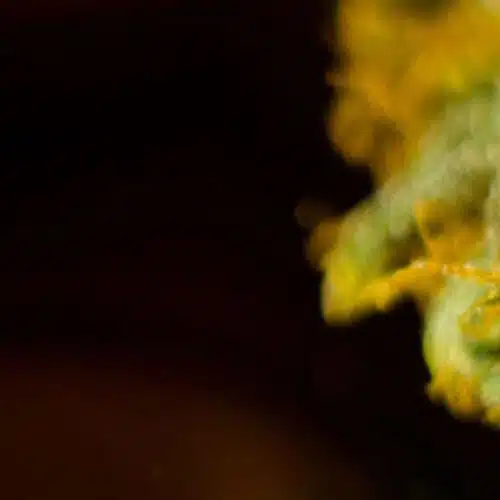The state of Minnesota is making headlines this December, not for its freezing temperatures or a new record snowfall, but for increasing medical cannabis access. Medical cannabis got its start in the state when former governor Mark Dayton signed the first Minnesota medical cannabis bill into law in 2014. The bill was criticized by many for being far too restrictive as it listed only 9 qualifying conditions and stipulates a lengthy patient registration process. However, as of December 3rd, 2019, macular degeneration and the much more generally outlined chronic pain have been added to the list of qualifying conditions. Minnesota can now expect to see more registered medical cannabis patients thanks to the expanded list of qualifying conditions.
Making Medical Cannabis More Accessible
Though many American states have taken steps to legalize medical cannabis, a number of potential patients still do not have access. In most cases, state regulations prevent people with certain conditions from using medical cannabis. If a medical condition is not listed as qualifying by the state regulatory body, then people suffering from those conditions may not use cannabis for medicinal reasons, even if a medical professional recommends it as a potential treatment. The stringent nature of qualifying condition lists make Minnesota’s addition of chronic pain as a qualifying condition a massive win for medical cannabis advocates.
Chronic pain is a very generally defined medical condition. It can be caused by any number of ailments and is usually up to the patient to define. Because chronic pain is usually self-diagnosed, it makes acquiring a recommendation for medical cannabis far easier. There is little doubt that Minnesota’s medical cannabis patient registry will expand greatly in the coming months thanks to the addition of chronic pain and macular degeneration. According to the Boston Globe, “As of October, nearly 18,000 patients were certified for the state’s medical marijuana program.” That number is bound to continue to increase as more conditions make the list.
The Future of Medical Cannabis in Minnesota
Minnesota has been considered by many as having one of the more severely restricted medical cannabis programs. Though Minnesota’s list of qualifying conditions is still small, it is encouraging that the state continues to implement updates. Lawmakers must work with patients and advocates to continue to pursue the creation of a fair and easily accessible medical cannabis program. If the state continues to update its list of qualifying conditions, it can at least begin to change the narrative.


